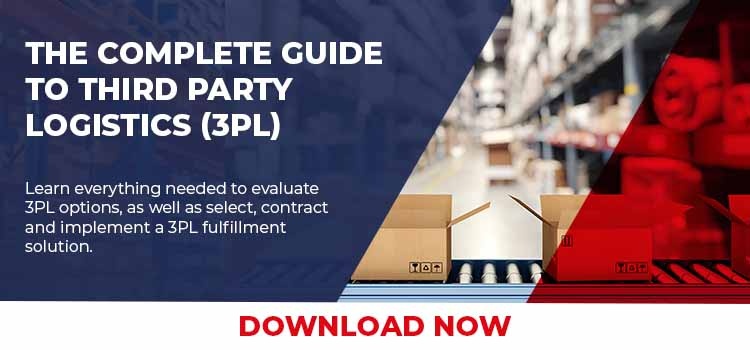Most of the direct world uses internal fulfillment. This is a mistake many companies make because they don’t think high-quality service levels can be achieved and maintained using third party fulfillment (3PF). The truth is that many companies want to manage their own operations and they are dubious about turning over control to a third party. And yet fulfillment and operations distractions often do not let companies concentrate on marketing and merchandising their businesses which is vital to profitable growth.
Dozens of non-profit businesses use outsourcing because they recognize fulfillment is not a core competency – making a profit funds their mission’s activities. Many Holiday season catalogs don’t have to recruit, train and staff for a short season when they use 3PF. A multi-warehouse fulfillment strategy may reduce inbound and outbound freight costs. Start-ups should seriously consider outsourcing to avoid capital use for facilities and systems and incur higher fulfillment costs.
Here are ten steps to take toward making a third-party fulfillment partnership successful and profitable:
1. Developing a successful 3PL partnership requires a significant amount of time, effort and follow-up by from the client company. It is important to immediately identify to all personnel that you have relinquished only the physical handling of your product to the 3PL and not the responsibility for managing your business.
2. Identify the client contacts and decision-makers who will be issuing direction to the 3PL. The 3PL group needs to clearly understand from whom they will receive direction and who their “go to” is to resolve problems.
3. Remember that the 3PL is proud of how it has chosen to manage its business. Conversing with the 3PL requires the same consideration you would extend to your most valued associates inside the client company. Never ignore issues or problems, but be firm and respectful. The 3PL is normally quite aware of who is paying the bills and who owns the inventory. The 3PL exists to serve; be a gracious ruler.
4. Communicate daily with 3PL management and visit the site as frequently as travel restrictions permit. Discuss the basics of the previous day’s operations: receiving, shipping, inventory management. Always inquire what you can do to assist them to achieve their goals and objectives. If possible visit monthly, but no less than quarterly. This sort of relationship can be a classic case of “out of sight, out of mind.” Your being involved maintains your status in the 3PL’s thoughts as a client who is on top of what they are doing and following their performance.
5. As a client you have to be diligent in managing the 3PL through daily reporting. You are now managing a remote location, even if it’s in the same community, and therefore your best source of information is the 3PL’s daily reporting and invoices. This is no different than managing your own operation. Master the information reporting so you can identify trends and immediately spot issues as they appear.
6. Inventory management is the most important reporting needed to manage a 3PL. The client has to know where to look for such issues as lost or damaged inventory, or out of stock when the inventory records indicate adequate supply. These are indications of performance issues requiring the client’s follow-up and resolution.
7. Receiving performance and inbound scheduling are next in importance for daily follow-up. The client has to know if there are vendor delivery issues or 3PL receiving issues which will negatively impact customer service level.
8. Normal daily shipping follow-up is important, but the most important thing to know is what did not ship.
9. Returns reporting is a critical trend report that enables you to identify not only client satisfaction with your product, but also 3PL performance issues. Detailed reason code reporting is imperative, and cumulative graphing is also valuable in discussions with the 3PL.
10. As a client you have to remain objective and aggressive in your efforts to manage your business reputation through the 3PL. A 3PL by nature of its activity now has more influence over the client’s customer’s perspective than the client has. Do not become a passive or uninvolved/uninformed client.
With the proper project definition and research you can make this a positive and profitable business decision for you and your customers.






SHARE